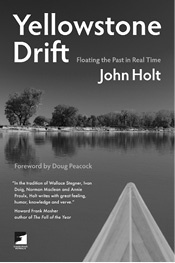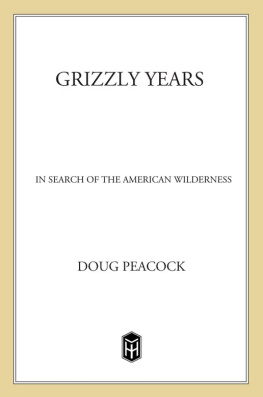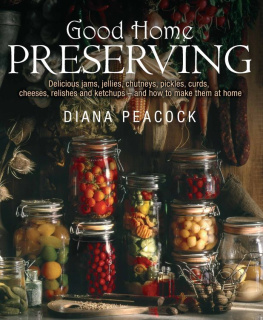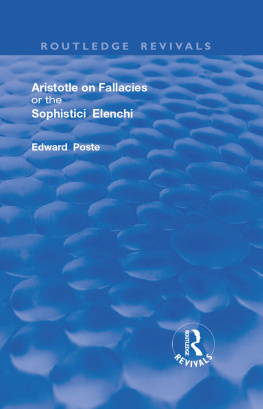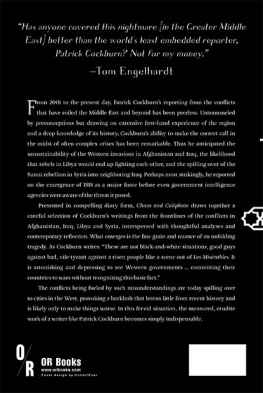Peacock - 2013;2002;
Here you can read online Peacock - 2013;2002; full text of the book (entire story) in english for free. Download pdf and epub, get meaning, cover and reviews about this ebook. year: 2013;2002;2002, publisher: AK Press, genre: Art. Description of the work, (preface) as well as reviews are available. Best literature library LitArk.com created for fans of good reading and offers a wide selection of genres:
Romance novel
Science fiction
Adventure
Detective
Science
History
Home and family
Prose
Art
Politics
Computer
Non-fiction
Religion
Business
Children
Humor
Choose a favorite category and find really read worthwhile books. Enjoy immersion in the world of imagination, feel the emotions of the characters or learn something new for yourself, make an fascinating discovery.
2013;2002;: summary, description and annotation
We offer to read an annotation, description, summary or preface (depends on what the author of the book "2013;2002;" wrote himself). If you haven't found the necessary information about the book — write in the comments, we will try to find it.
2013;2002; — read online for free the complete book (whole text) full work
Below is the text of the book, divided by pages. System saving the place of the last page read, allows you to conveniently read the book "2013;2002;" online for free, without having to search again every time where you left off. Put a bookmark, and you can go to the page where you finished reading at any time.
Font size:
Interval:
Bookmark:
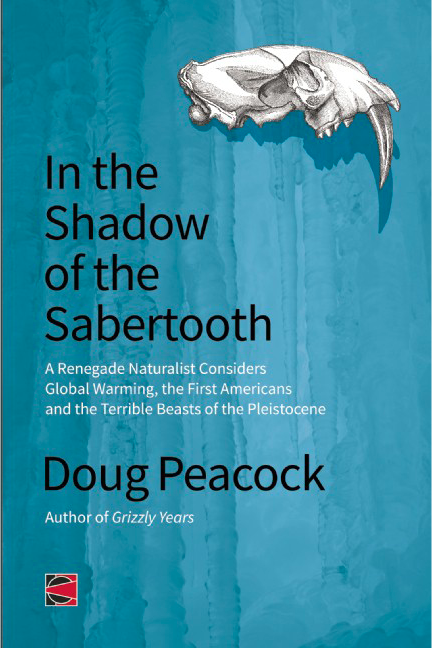
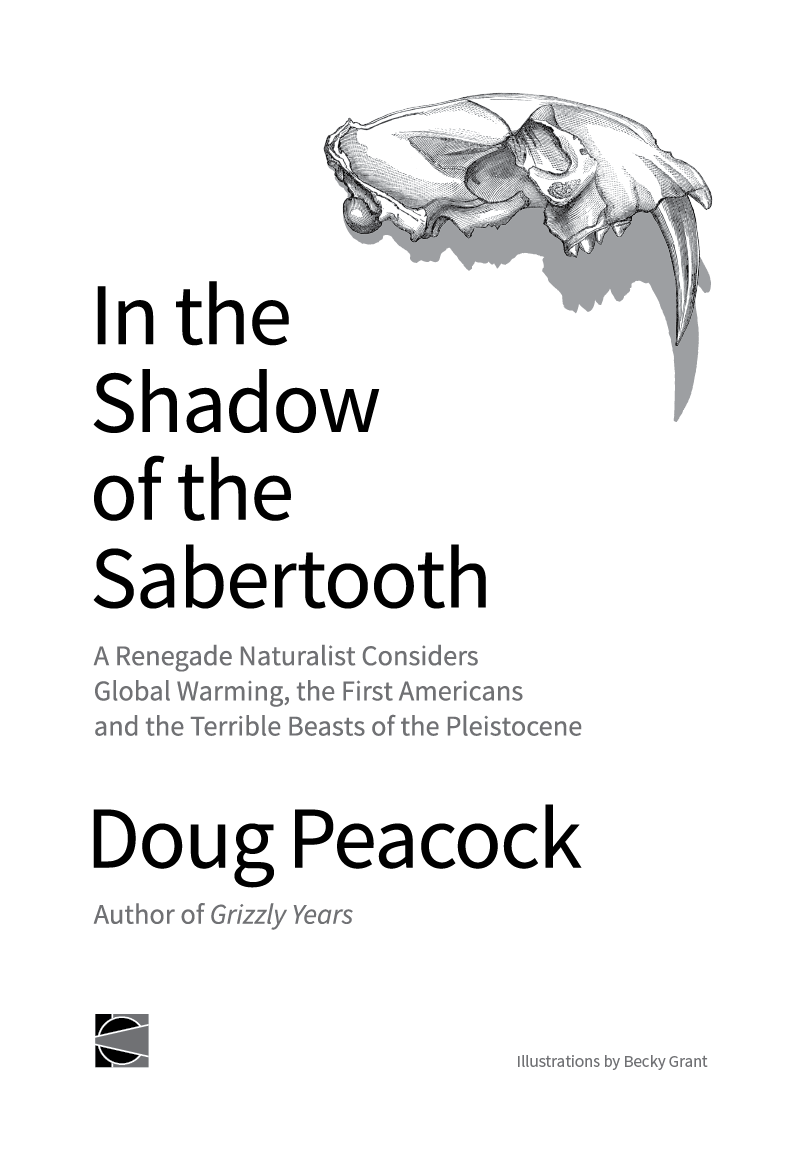
For Andrea
Repatriation and
the Greatest Adventure
For the past 12,000 years, the world has enjoyed a relatively stable climate. Now, the time of predictable global weather has ended. The future will be unsettled, probably fiery and likely terrifying. Forces have been unleashed that threaten the future of our children. The early consequences of global warming have already settled over much of the planet.
Has this kind of climate change ever challenged humans before? It certainly has: Most recently right here in North America, when people first colonized this continent. About 15,000 years ago, the weather began to warm, melting the huge glaciers of the Late Pleistocene that calved off as icebergs and caused the oceans to rise. The Americas were probably uninhabited by people then but teaming with gigantic and fierce animals, many capable of killing and eating human beings. In this brand new landscape, the largest of all unoccupied wilderness regions humans would ever explore on earth, people somehow adapted to unfamiliar habitats and dangerous creatures in the midst of a wildly fluctuating climate. And they made it through. Along the trail of the first migration into the Americas lie challenging illustrations of courage and caution for modern people.
Though the rough outline of this journey is delineated by modern science, what drew me into the wild heart of the first Americans story was the adventure, the exploration, the danger: Wondering what it was like to live with huge pack-hunting lions, sabertooth cats, dire wolves and gigantic short-faced bears, to hunt now extinct horses, camels and mammoth, to top a ridge somewhere in what would become Alaska and look out on unending wild country that encompassed two continents uninhabited by humans. It was the first and only time since Adam and Eve emerged from Eden that our species would come into so vast a land, a wilderness five times the area of Australia and never before glimpsed by an upright primate. Here lived beasts both fierce and wonderful. Some species had not previously encountered people, including a number of predators.
I cant think of a richer, wilder, more perilous time to live. For a person like myself who loves wilderness, this time in America had to be the ultimate journeyheroic, bold adventurers facing down danger at every bend of the river, surviving against impossible odds.
No doubt, these early Americans had no such picture of themselves; just getting through the day alive, finding adequate food and shelter in fluctuating habitats, embraced all shades of courage.
The inexorable force overshadowing all human migrations and accommodations to new environments at the end of the Pleistocene was climate change: The melting world of the Late Pleistocene opened the Americas to human colonization and contributed to the extinction of the big animals we call megafauna. The earliest Americans were ice-age pioneers who took advantage of the time of glaciers (seas were at a lower level) to cross over the Bering Strait. As the weather warmed about 15,000 years ago, they began to wind their way south into the contingent states. They no doubt boated down the Pacific coast, dangerously dodging icebergs in their small skin boats. Later, they found passages down through the glaciers, corridors between the two great American ice sheets. The great hunters, the Clovis people of mammoth fame, probably used the last ice-free corridor to sweep down south and, in a heart-beat of geology (a few hundred years), colonize nearly all of North America. They are often credited with hunting the huge beasts of the Pleistocene, the megafauna, into extinction. Without climate change, the Clovis invasion might not have happened and some of the megafauna might still be around. Of course, great controversy surrounds these assertions.
Todays shifting weather patterns, the shorthand we call global warming, will far exceed anything our ancestors faced during the climate change 13,000 to 15,000 years ago. Yet, at the very end of the Pleistocene we find a major extinction event; 35 genera of mostly large animals suddenly disappear from the earth. The lethal combination of human activity and climate change are the chief suspects. Today, we are experiencing what authorities call the 6 th Great Extinctiona much deadlier event than that of the Pleistocenea crisis most believe to be driven by human-induced climate warming.
The two eras were of course quite different worlds. Thirteen to fifteen thousand years ago, the Americas consisted of two very sparsely inhabited continents; todays planet is packed with seven billion humans. The strategy for adaptation and survival during the warming climate of the ice age involved bold migrations impossible in the 21 st century; direct comparisons of the two periods of climate change are often tenuous.
Still, I was curious and much of that curiosity was bundled around how humans perceive risk. Could there be a bridge between recognizing todays extreme climatic dangers and the Pleistocene lion crouched in the bush, waiting for two-legged ice-age prey? We evolved to deal with the predator. In comparison, present day global warming seems distant, harmlessly incremental or something that happens to remote strangers. For those ancient adventurers, however, the sabertooth was right there, every daya pragmatic consciousness of great modern value.
We are left to imagine the details of everyday Late Pleistocene life: Archaeology and paleontology provide broad parameters of time and place but there is great mystery and much controversy surrounding the dates and routes by which humans reached the unglaciated core of North America. The hard evidence delineating the peopling of the Americas 15,000 years ago is sketchy. But what a vibrant life it must have been, lived in that wild ice-age topography whose considerable remnants are still with us today.
This book will attempt to dig into the last several millennia of the ice-age, that period of American archaeology for which there is yet the least scientific documentation.
It was, and remains, an incredible adventurethe wildest ride.
How did this story take root in my own life? Like countless others, my early days were painted with archaeologys unforgettable colors. When I was nine, I looked for arrowheads in the muddy furrows of spring-plowed fields of Michigan. The map of my world hugged the banks and terraces of great rivers, guiding me along the low snaking ridges of ancient beaches down into cattail swamps where legions of Canada geese and whistler swans darkened the evening skiesthe downy wildebeests of my watery Serengeti. In the blowouts on the sandy ridges, a profusion of fire-broken rock and brown chert flakes blanketed scattered arrowheads of another kind. Summer brought clouds of mosquitoes off the marshes and, at the edge of the swamp, the receding river revealed a pile of huge rough flint blades: A cache of material awaiting refinement into finished arrowheads. Come autumn, at age fourteen, I walked the ridges under the blazing maples and elms. A gust of wind skittered the leaves across a large anthill, a normal feature in this porous soil. What was different about the hill was the color of the sand: It was bright red with faint streaks of green. I would learn what this meant: Underneath, a stillborn child, consecrated with sacred red ocher, lay buried accompanied by Lake Superior copper grave offerings and a hundred triangular arrowheads.
Font size:
Interval:
Bookmark:
Similar books «2013;2002;»
Look at similar books to 2013;2002;. We have selected literature similar in name and meaning in the hope of providing readers with more options to find new, interesting, not yet read works.
Discussion, reviews of the book 2013;2002; and just readers' own opinions. Leave your comments, write what you think about the work, its meaning or the main characters. Specify what exactly you liked and what you didn't like, and why you think so.

